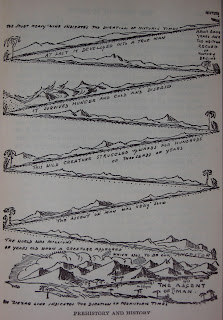reading plans for fall 2011
Summer isn't over, but it's drawing to a close. School starts 8/22, in about 3 weeks. And I've knocked out articles and book chapters and focused my scholarly reading on primary and secondary historical sources for a long time now, related to each of those projects. Today I send off the last article for awhile (on evolution). Then there's one more article-in-progress (accepted!) that needs minor edits this fall (on the historical uses of evaluation in public library children's services). I have a next project in mind (on race and children's publishing in the mid 1940s) that's on the list for spring. But for this coming fall, I'm planning to read articles on race, racism, and whiteness from a variety of perspectives. Some will be assigned for my new Youth Services Community Engagement class. Others will be from K.L.'s stack that she gave me in spring. Still more will come from the emerging reading/research group on Critical Race Theory/Cr...
